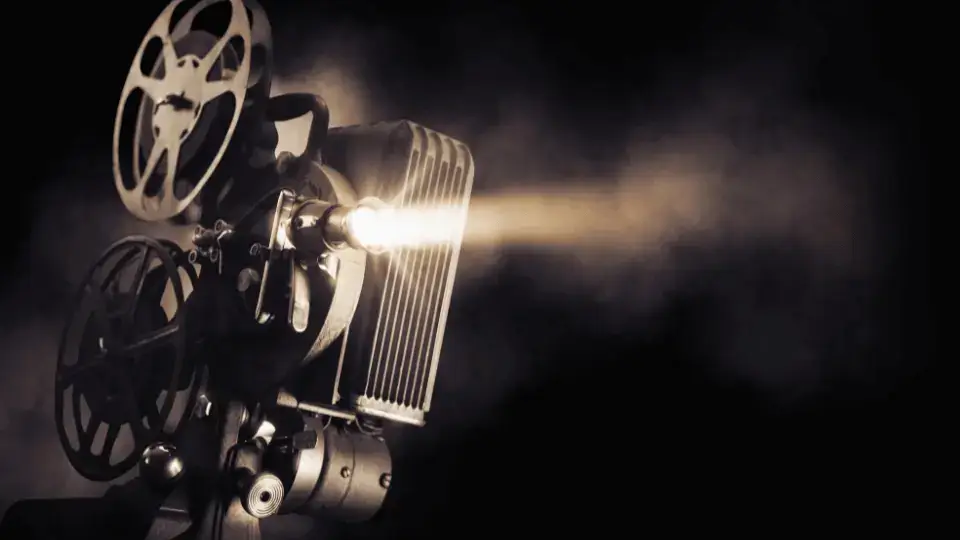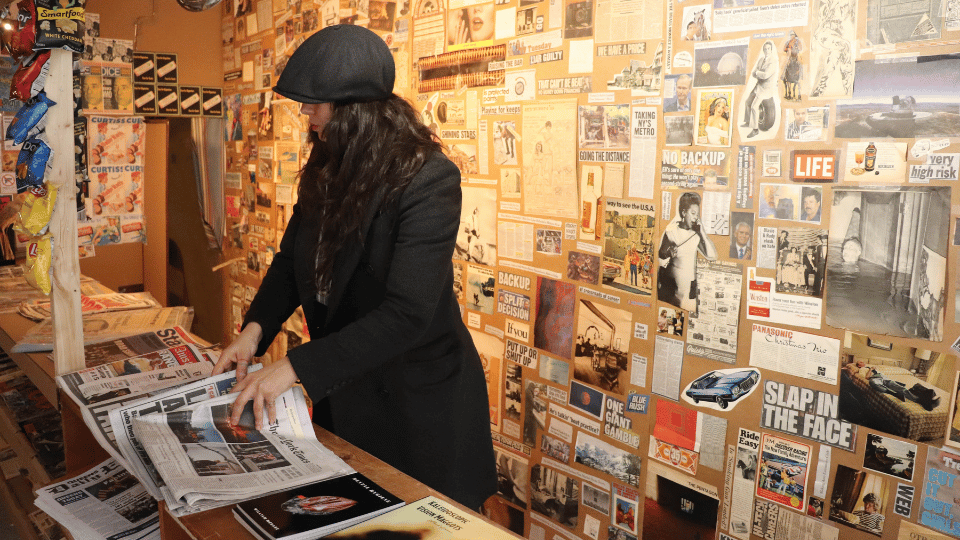Unlocking the Secrets of Cinematic Analysis
As a film enthusiast or student, analyzing films is an essential part of the learning process. Film analysis methods help you to break down a film into its various components, study them, and understand how they work together to create a cohesive piece of art. In this article, we will discuss various film analysis methods that you can use to analyze a film and gain a deeper understanding of its structure, themes, and message.
1. Narrative Analysis
Narrative analysis is one of the most common methods of film analysis. It involves breaking down the film’s structure into its various elements, such as plot, character, setting, and theme. By analyzing these elements, you can understand how the story unfolds, the motivations of the characters, and the themes that the film explores.
When analyzing the plot, you should pay attention to the film’s structure, including the beginning, middle, and end. You should also consider the conflict, the climax, and the resolution of the story. By doing this, you can understand how the story is structured and how the filmmaker uses the plot to convey their message.
When analyzing the characters, you should pay attention to their personalities, motivations, and relationships with other characters. You should also consider how the characters change throughout the film and how their actions affect the plot.
When analyzing the setting, you should pay attention to the time and place in which the story takes place. You should also consider how the setting affects the plot and how the filmmaker uses it to create a specific mood or atmosphere.
When analyzing the theme, you should pay attention to the underlying message or messages that the filmmaker is trying to convey. You should also consider how the theme relates to the plot, characters, and setting.
2. Cinematography Analysis
Cinematography analysis involves breaking down the film’s visual elements, such as camera angles, lighting, and color. By analyzing these elements, you can understand how the filmmaker uses them to create a specific mood or atmosphere and to convey their message.
When analyzing camera angles, you should pay attention to the different types of shots, such as close-ups, medium shots, and wide shots. You should also consider the camera movement and how it affects the viewer’s perception of the scene.
When analyzing lighting, you should pay attention to the various lighting techniques used in the film, such as high-key lighting, low-key lighting, and chiaroscuro lighting. You should also consider how the lighting affects the mood and atmosphere of the scene.
When analyzing color, you should pay attention to the different color palettes used in the film. You should also consider how the colors affect the mood and atmosphere of the scene and how they relate to the theme of the film.
3. Sound Analysis
Sound analysis involves breaking down the film’s sound elements, such as dialogue, music, and sound effects. By analyzing these elements, you can understand how the filmmaker uses them to create a specific mood or atmosphere and to convey their message.
When analyzing dialogue, you should pay attention to the different types of dialogue, such as direct dialogue, indirect dialogue, and subtext. You should also consider the tone and inflection of the dialogue and how it affects the mood and atmosphere of the scene.
When analyzing music, you should pay attention to the different types of music used in the film, such as background music, source music, and score. You should also consider how the music affects the mood and atmosphere of the scene and how it relates to the theme of the film.
When analyzing sound effects, you should pay attention to the different types of sound effects used in the film, such as ambient sound, foley sound, and special effects. You should also consider how the sound effects affect the mood and atmosphere of the scene and how they relate to the theme of the film.
Key Takeaways
- Film analysis methods are essential for gaining a deeper understanding of a film’s structure, themes, and message.
- Narrative analysis involves breaking down the film’s structure into its various elements, such as plot, character, setting, and theme.
- Cinematography analysis involves breaking down the film’s visual elements, such as camera angles, lighting, and color.
- Sound analysis involves breaking down the film’s sound elements, such as dialogue, music, and sound effects.
If you are interested in pursuing a career in the film industry or want to enhance your film analysis skills, consider taking the NYU Film and TV Industry Essentials online course and certificate program offered by Yellowbrick. This program will provide you with a comprehensive understanding of the film industry and teach you the essential skills needed to succeed in this competitive field.








